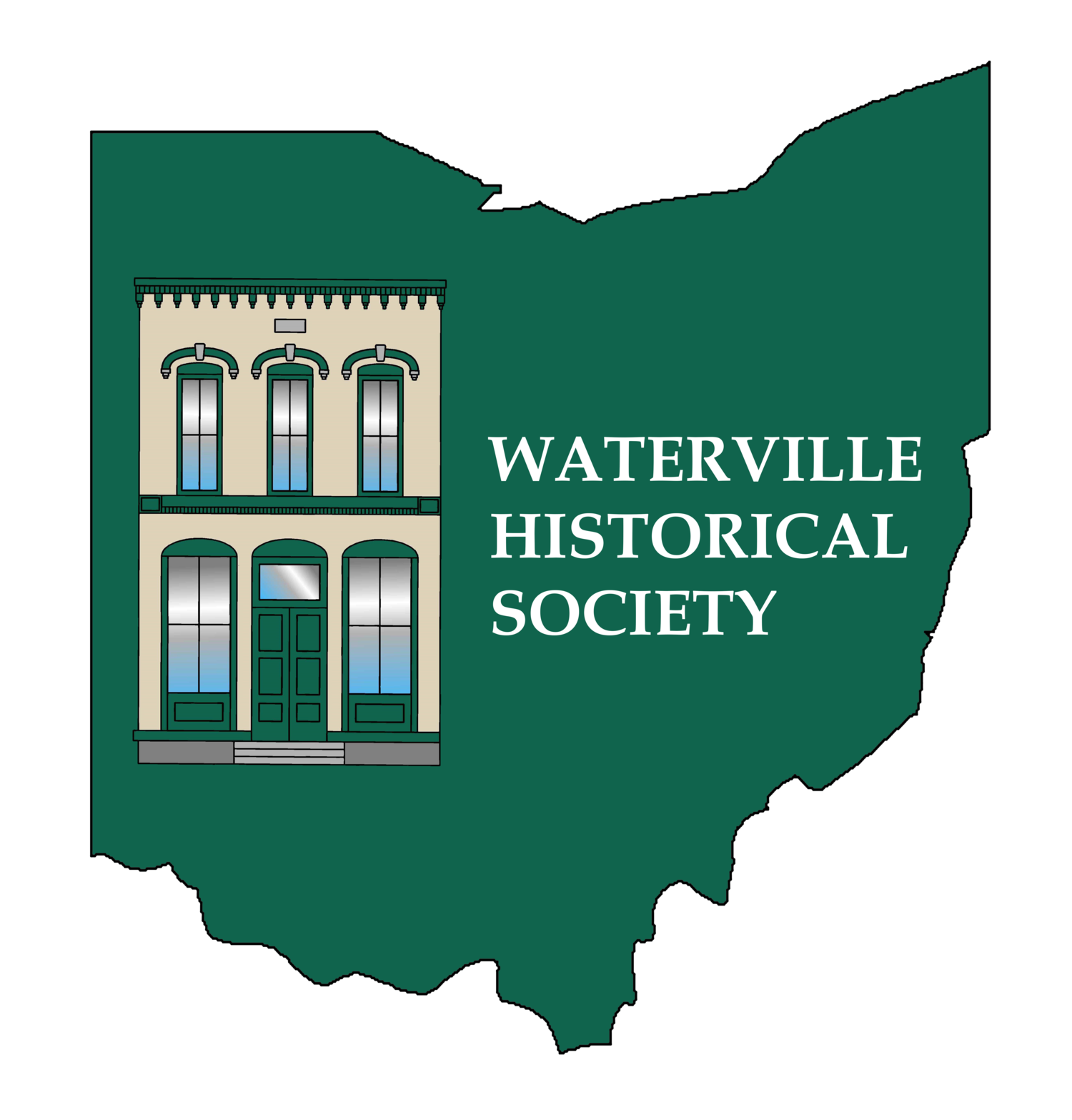A Tragic Accident from the Perrysburg Journal July 9, 1869
After leaving a ball at the Columbian House around three o'clock in the morning, Andrew Ovitt, Oscar Lyons and his wife Adaline and her two sisters, Lodusca and Alice, boarded their skiff to return to their homes on the other side of the river. The skiff which they used in crossing was perhaps half a mile above Waterville opposite Miltonville at the ferry. There was a deep fog and the water was swift and turbulent.
When they reached the middle of the river the boat tipped and took on water. Lodesca was frightened and jumped upon the edge of the boat while Alice sprang upon the back of Oscar Lyons and the skiff capsized. Oscar swam for Dodd's Island [Granger Island] which he reached safely though exhausted, while Alice was barely alive when dragged ashore. Andrew clung to the boat which was bottom up and helped Adaline and Lodusca partially upon it. The boat upset twice more and then got away from them. Adaline seized Andrew around the body and Lodusca clung to her sister. Though not a good swimmer he started towards the island, frequently getting his feet tangled in Adaline's clothing and all would go under. When within five feet of the island Andrew sprang for a limb of a tree and Adaline lost her grasp upon him and the two sisters were lost. Lodusca's body was recovered lodged in the roots of a tree not far from where she drowned, but Adaline's body drifted over a mile and was not found for a few days.
The three ladies were daughters of Mr. and Mrs. George Lomas of Miltonville. Adaline was about 20 years of age, Lodusca 18 and Alice 16.


